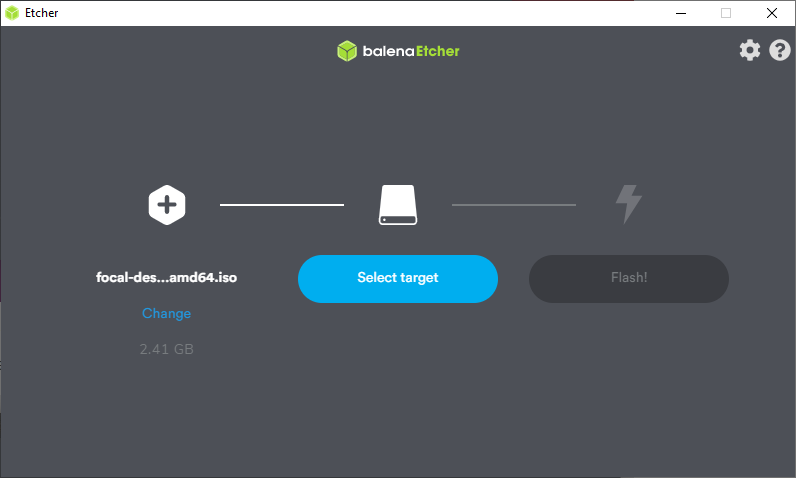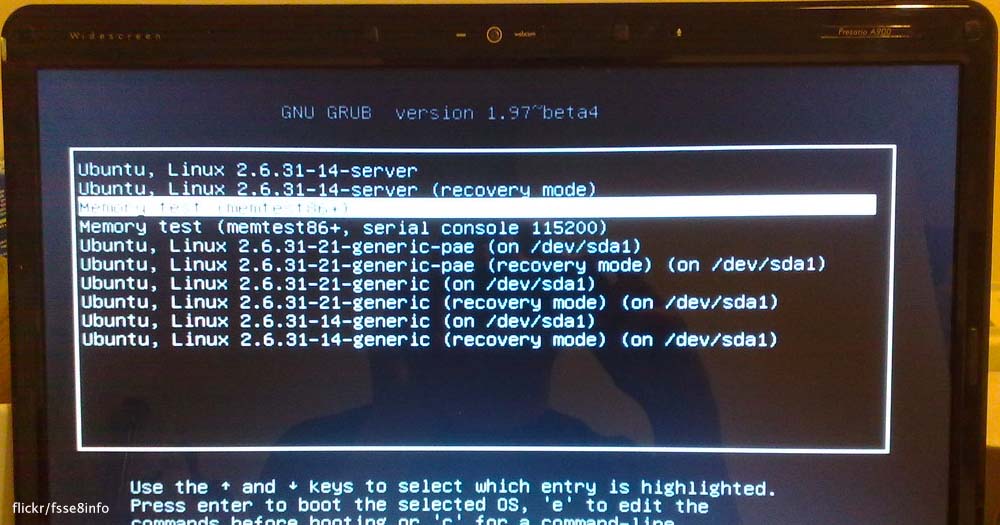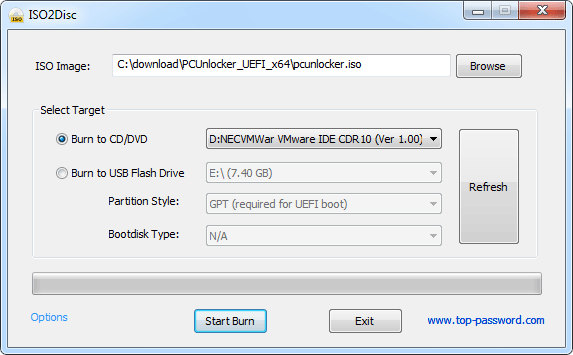
:max_bytes(150000):strip_icc()/003_how-to-burn-an-iso-image-file-to-a-dvd-2626156-21821441c59845e5a3058fb43edca0a2.jpg)
- #MAKE BOOTABLE CD FROM LINUX ISO FILE HOW TO#
- #MAKE BOOTABLE CD FROM LINUX ISO FILE INSTALL#
- #MAKE BOOTABLE CD FROM LINUX ISO FILE SOFTWARE#
- #MAKE BOOTABLE CD FROM LINUX ISO FILE DOWNLOAD#
#MAKE BOOTABLE CD FROM LINUX ISO FILE INSTALL#
Select the ‘USB Drive’ under the Type option and then locate the Drive in which you want to install the flashable Linux distro. Suppose, if you have an ISO file for the Linux distribution, then you need to select the Diskimage option and then locate the ISO file, as shown in the screenshot.
#MAKE BOOTABLE CD FROM LINUX ISO FILE SOFTWARE#
After downloading, launch the software and then you need to choose the Linux distro from the drop-down menu, as shown in the screenshot.
#MAKE BOOTABLE CD FROM LINUX ISO FILE DOWNLOAD#
First of all, download and install Unetbootin on your Windows computer from here. So, if you are looking for a handy tool to create a Linux bootable pen drive, UNetbootin could be useful. UNetbootin is another mini tool that allows users to create bootable Live USB drives for Ubuntu and other Linux distro.
#MAKE BOOTABLE CD FROM LINUX ISO FILE HOW TO#
That’s it! This is the easiest way to create a Linux Bootable USB/Pendrive.Īlso Read: How To Remove All Viruses From PC Using Rescue USB Drive Using UNetbootin: Wait for some time until the process finishes, then restart the computer and install the Linux distro on your computer. Now you will be asked for the confirmation to continue the ongoing process, simply click on “OK” to continue.

Now you need to click on “OK” to write in ISO image mode. Now in the next step, it will ask you to download Syslinux software, simply click on yes to continue. Now you need to click on the CD Rom icon which is located just beside the “FreeDOS” dropdown, then you need to select your ISO file and click on “Open” and then “Start” Using Rufus USB Installer First of all, install and open Rufus and select your USB stick from the “Device” dropdown. Rufus is a utility that helps format and creates bootable USB flash drives, such as USB keys/pen drives, memory sticks, etc. With this same trick, you can boot any major Linux live os like Ubuntu, Backtrack, Kali OS, and Tails, etc.Īlso Read: Top 10 Reasons to Switch from Windows to Kali Linux Using Rufus USB Installer Wait for at least 5 min, and Linux live boot is ready. say another system is mounted at /isodevice, then you can umount -l /isodevice.How to Create A Linux Bootable USB/Pendrive In order to perform installation from ISO, installer may need to unmount any mounted partitions i.e. And you may use the Live environment of a GNU/Linux distribution.

Upon rebooting, you will find the custom menuentry you've added on the GRUB screen. Note: Some distributions use initrd.gz or initrd.lz depending upon the algorithm/compression used.Īfter editing /etc/grub.d/40_custom, GRUB needs to be updated by update-grub2 command. You can find some configurations for different family/distribution from here. The additional parameter such as boot=casper iso-scan/filename=$isofile noprompt noeject may be specific to a GNU/Linux distribution and vary for another family of Linux.

Read/extract the content of ISO to get the path of initrd: $ 7z l trisquel_7.0_i686.iso | grep initrd initrd is a scheme for loading a temporary root file system into memory.Initrd command is used to load an initial ramdisk for a Linux kernel image, and set the appropriate parameters in the Linux setup area in memory. Read/extract the content of ISO to get the path of kernel example: $ 7z l trisquel_7.0_i686.iso | grep vmlinu Linux command is used to load Linux kernel ( vmlinuz) from file. For more information, visit : How to specify devices and files.And variable $isofile has the path of the ISO file.Here we used (hd0,5)$isofile in which (hd0,5) represents the fifth partition of the disk.ġ st digit represents the device number which starts from 0 (here : 0 = 1 st device) andĢ nd digit represents the partition number which starts from 1 (here 5 = 5 th partition). In order to do that, it is necessary to specify the device and image file. Loopback is used to make a device from a file system image. The command set is used for storing the path of the ISO file into a variable, here isofile. Linux (loop)/casper/vmlinuz boot=casper iso-scan/filename=$isofile quiet splash # menu entries you want to add after this comment. # This file provides an easy way to add custom menu entries. You can add a custom GRUB menu entry by editing /etc/grub.d/40_custom,Įxample of custom menuentry: exec tail -n +3 $0 Yes, you can accomplish this by adding a menu entry to the GRUB boot loader menu.


 0 kommentar(er)
0 kommentar(er)
